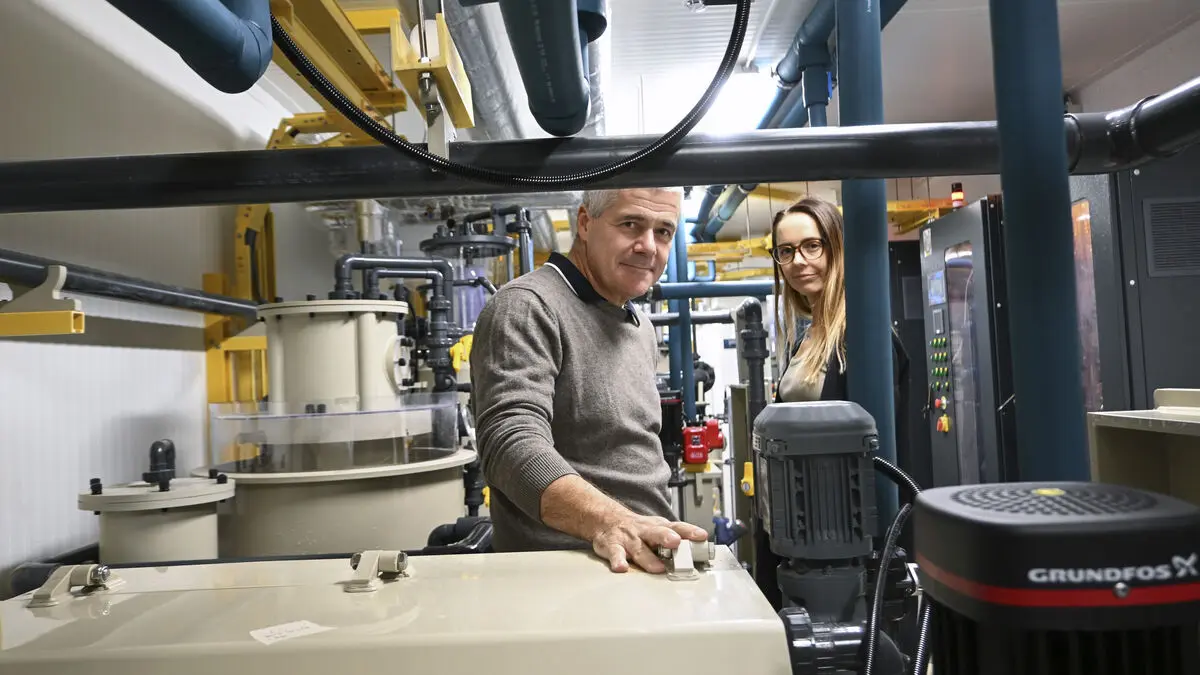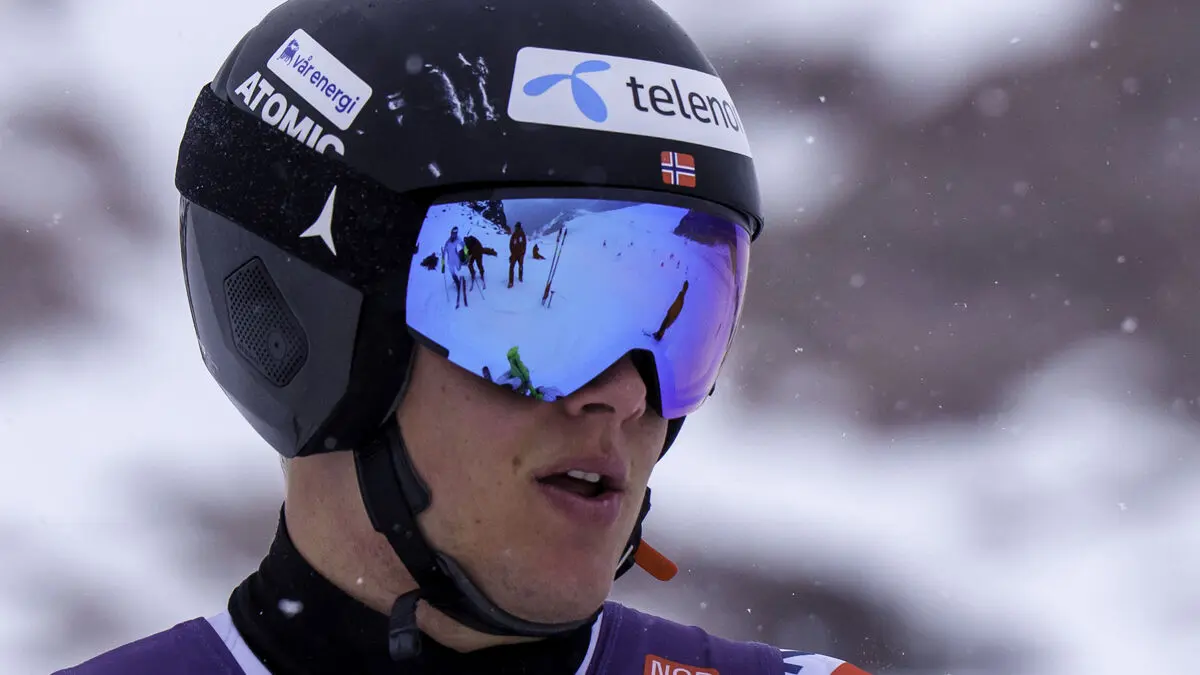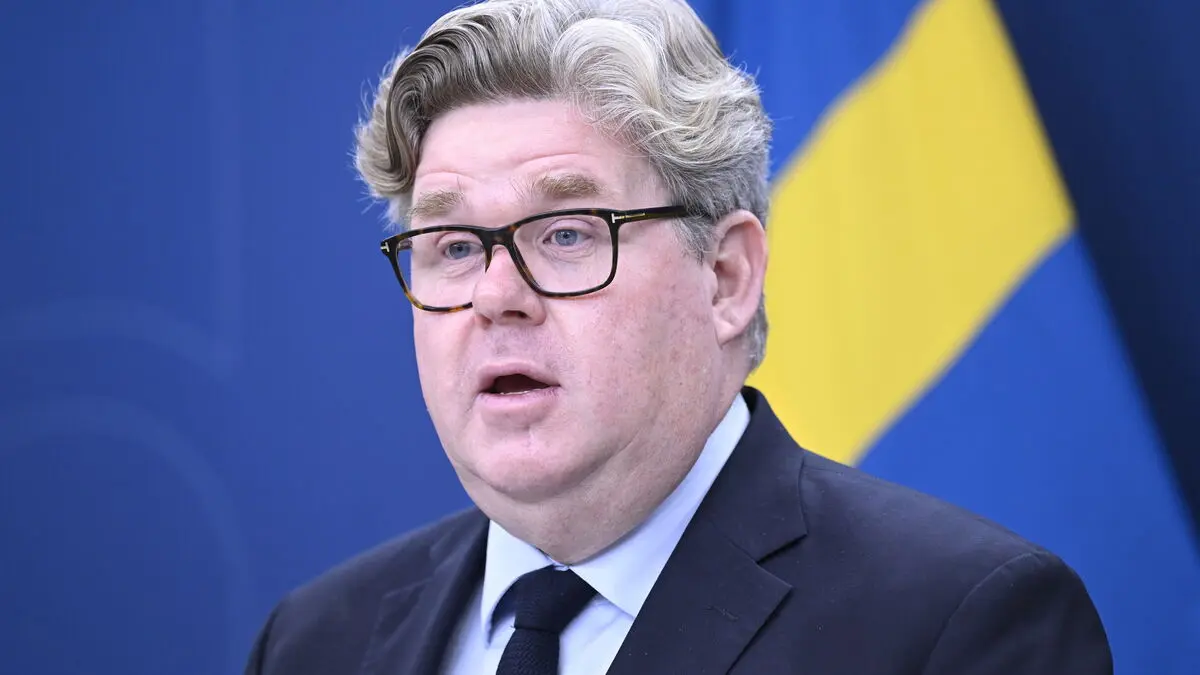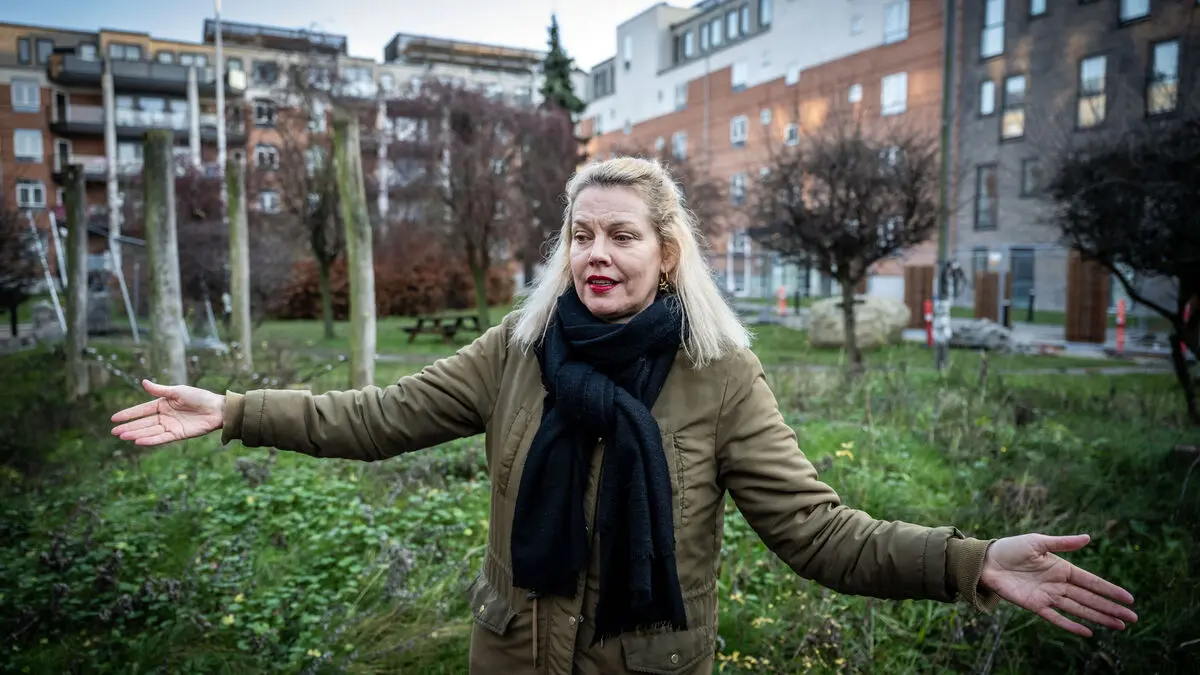It is still being built and connected in the Baltic Waters fish research laboratory in Studsvik outside Nyköping. But the pools, twelve large ones for adult fish and 41 smaller ones, are already in place.
When the lab opens in a few months, cod will be the first to move in. The stock in the Baltic Sea has in principle collapsed, and one of the goals is to re-plant it. That research began as early as 2021 in an older facility on Gotland that has now been phased out.
Simplified, the process involves a research vessel collecting cod from the Baltic Sea, which then gets to spawn in the lab's pools. When the eggs have been fertilized, the caught fish are released back, and then the laboratory raises the offspring.
High mortality
In the first attempts in 2022, the cod were released as four–six day old larvae in Tvären.
2023, they started finding cod in the area, which had not been done in 30 years, says Stralka, who adds that they cannot be completely sure that it is about the larvae that were planted.
Most were probably eaten by stickleback and herring.
The natural mortality for such small larvae, we're talking millimeters, is over 99 percent, says communications manager Madeleine Kullenbo.
But mortality decreases rapidly with size.
The next step for us now will be to raise the larvae to about 50 days. To a small fish that is three–four centimeters in size.
Expensive to wait
The ambition is to release up to 100,000 annually. The lab's practical outer limit in the breeding section goes to one year of age, when the cod is ten centimeters.
Then the mortality should be non-existent insofar as it does not happen to swim past a pike or another large cod that takes it, says Stralka.
So why not let them all be one year? It's a cost issue, and cod are also picky about what they eat at different ages.
Part of the project is about cost-effectiveness – how big should they be to have as high a survival rate as possible, says Kullenbo.
In addition to cod, the lab will breed other endangered Baltic Sea fish such as herring, plaice, and pike. Researchers will also be able to rent in and conduct studies.
We hope to be able to contribute a lot of knowledge, both through our projects but also through those that our partners will carry out here, says Stralka.
Baltic Waters' new fish research facility is nestled between a huge solar park and Studsvik's tech park, where nuclear technology is still in focus.
The fact that it is located in the same area as old research reactors is not a coincidence. Baltic Waters can take advantage of the deep-water bay Tvären, where the beach is jokingly called "Atomic beach", whose water was used to cool the reactors.
The lab can take advantage of the water infrastructure. It is well needed, as the facility requires 400 cubic meters, which in specially built own systems are purified and specially adapted and pumped around to the lab's many pools.
The Baltic Waters foundation was founded in 2020 by the main financier Ann-Sofie Mattson, daughter of John Mattson who founded what became JM.
The goal is for the Baltic Sea to be doing well, which happens through the four areas of major environmental projects, fish research laboratory, opinion formation, and knowledge-building programs.
In 2024, construction of the laboratory in Studsvik outside Nyköping began. It has cost 150 million kronor and is expected to be completed later this year.





